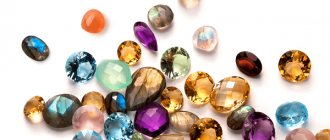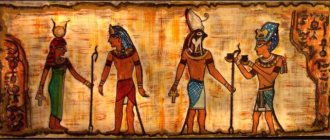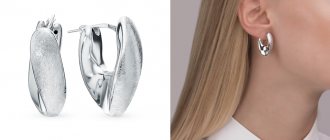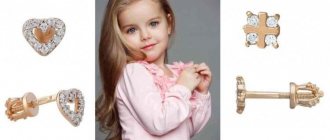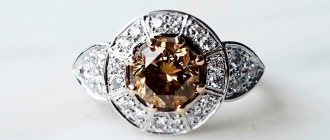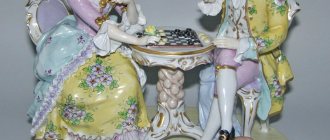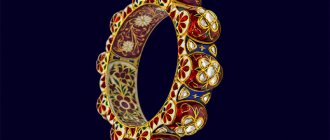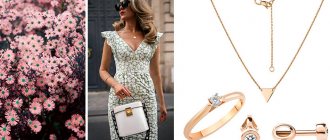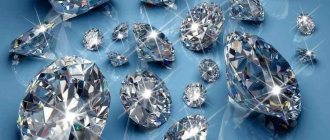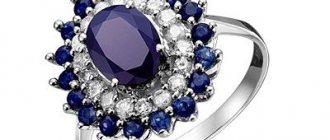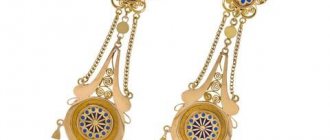The history of jewelry begins about 100 thousand years BC. Archaeologists have discovered the first shell jewelry in South Africa. It is difficult to determine who owned the jewelry, and most likely, it was of a ritual nature and was used as a talisman. In those days, accessories helped to non-verbally indicate valuable information about the owner of the jewelry and his social status.
The history of the emergence of jewelry tells us that initially men, not women, began to decorate themselves. It was the decorations that made it possible to distinguish a king from a hunter, a leader from a warrior. Back in the days of the pharaohs, the first ring appeared in Ancient Egypt.
Among the Greek representatives of the nobility, the ring was also a sign of high position in society. Over time, rings were transformed into secular jewelry.
Emperor Augustus gave permission for doctors to wear rings, and Roman Emperor Septimius Severus allowed soldiers to wear rings. Archers wore rings to protect themselves from the bowstring, fighters - for a stronger and more painful blow.
As the history of the appearance of jewelry shows, the ancient Egyptians not only wore rings, but also put bracelets on their wrists, a luxurious breast necklace on their necks, and the wealthy classes wore earrings in both ears. Business negotiations and dinner parties were held in this form. In ancient Rome, one earring was worn by slaves, in medieval Europe - by gypsies and pirates.
In ancient Rus', before the birth of a child, a council was convened to decide what kind of jewelry he should wear. After the child was born, a string with beads or a beaded necklace was put on him. When they reached a certain age, boys had their left ear pierced, girls both ears, and were given beads.
Initially, bones, teeth and stones strung on animal tendons served as materials for jewelry.
At a later time, jewelry was made from pieces of shells and mother-of-pearl. Later, people learned to process precious stones. Medieval sapphires, emeralds, rubies - these are the best materials for decorating crowns, bracelets, and rings.
Diamonds began to be used only in the late Middle Ages, when methods of cutting stones were discovered.
Jewelry made from these materials, of course, was inaccessible to ordinary citizens, so artisans began to master the production of cheaper jewelry. After all, in addition to gold and silver, there is bronze and copper, and thanks to the flourishing of alchemy, amalgam and cupronickel appear. This is how the history of costume jewelry begins. Precious stones are gradually being replaced with colored glass and rhinestones, and jewelry imitating pearls and precious stones appears. Craftsmen who work with less expensive materials are called bijoutiers, and their products are called costume jewelry.
In the mid-18th century, European mass production of jewelry moved from private craftsmen to companies. During this period, the most famous jewelry brands were formed: Cartier, Tiffany, Bulgari, Faberge.
In the years 1920-1939, the history of jewelry was replenished with Art Deco art - aluminum, chrome, and plastic served as materials for jewelry.
During the Great Depression, there was a sharp decline in the production of jewelry made from precious metals and stones, so in those years there was a special flourishing of original costume jewelry. This idea was continued by style icons Coco Chanel and Elsa Schiaparelli. Without Coco Chanel, the history of costume jewelry would most likely be completely different.
It was Coco Chanel who suggested wearing artificial pearl jewelry and complementing everyday outfits with removable collars and artificial flowers. She argued that the abundance of available jewelry not only adds elegance to simple clothes, but also makes a woman a woman.
With the end of the Second World War, the fashion for jewelry returned again, and new materials, chemical coloring and the production of artificial stones appeared.
Currently, you can see an endless variety of styles, trends, for example, jewelry, combinations in the jewelry industry and jewelry production, and we can safely say that the history of jewelry will never end, and at all times, jewelers and craftsmen will delight us with luxurious jewelry with unforgettable combinations of colors, textures, combined materials.
On our website you can also learn how to choose jewelry and how to care for jewelry.
Middle Ages
In the Middle Ages, the development of jewelry continued. The main consumer of jewelry at this time is the church. Various church utensils were produced in large quantities - bowls, vessels, crosses, icon frames, etc., as well as various elements of decoration for the costumes of clergy. But the personal jewelry of the inhabitants of Medieval Europe was not distinguished by its abundance and elegance due to the doctrine of asceticism dictated by the church. It was often forbidden for anyone except high-ranking people to wear precious items. At this time, enamel became widely used as a decoration for jewelry due to its ability to impart various shades and colors to products, which made enamel a good competitor to semi-precious stones.
Bestiary and pearls
The post-war period became a triumphant time for the American house Tiffany & Co. The mid-twentieth century marked the era of the famous jeweler Jean Michel Schlumberger. He made luxurious evening bracelets with precious stones: lush, but not kitsch. The motif of a “jewelry bestiary” set by Toussaint—jewelry depicting animals—was vividly developed by Van Cleef & Arpels and another French house, Boucheron, in the middle of the century. The beauty of these statement pieces, which are still popular today, is that the chunky bracelets look “cartoonish” but are made of gold and precious stones. Therefore, jewelry “animals” from Boucheron or de Grisogono are quite appropriate for a cocktail or evening reception.
The tone in classic evening jewelry fashion of the 20th and 21st centuries was set by luxury companies that rethought the heritage of past centuries. The Japanese house Mikimoto, a pioneer in the use of cultured pearls, has brought back into fashion the rocaille bracelets made from several strings of pearls with ornate diamond clasps, which were popular back in the 18th century. A string of pearl bracelet received its own name in English: pearl bracelet.
Princess Diana in a cafe, 1997
Photo: Tim Rooke/Shutterstock/REX
Another originally rocaille motif, the bow, is repeated in different versions in bracelets of many luxury brands: magnificent at Dior Joaillerie, laconic at Chaumet. High jewelery artists were followed by premium brands. Bows began to be made not only with diamonds, but also with Swarovski crystals. This bracelet looks good with a cocktail dress that completely reveals your arms: then the attention of others is focused on this catchy and flirty decoration.
